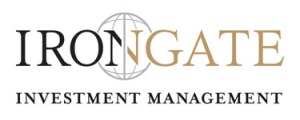
At the start of the new year, everyone wants to release their 2014 predictions for the “I told you so” moment at year end. If they are wrong – no one has a crystal ball; but if they’re right – then open the doors assets should flow in. Pardon my sarcasm, but the games that asset managers and the media play are often nebulous at best due to the lack of accountability.
The attached video clip mentions GMO that suggests a 20% allocation to emerging markets due to their 7 year asset class forecast. While their analysis is rooted in thoughtful research, this type of investment model is still predictive in nature, and highly dependent on the accuracy of the forecast. In full disclosure, I often read Jeremy Grantham and have great respect for him and his firm but I prefer reactive models for investing.
Reactive models are not biased by forecasts, can adapt to the flow of information more quickly, can sort through the noise of the markets and its headlines, and can help remove the emotions from investing.
Most importantly, reactive models can be useful in determining how much to invest in emerging markets. In a year like 2013 when emerging market equities underperformed US equities by 35%, setting a fixed allocation to emerging markets is difficult for both professional and individual investors, especially if the allocation is sizable.
If the goal is to build a globally diversified portfolio across asset classes, then the allocation decision to emerging market equities becomes more complex as you add more asset and sub-asset classes.
As mentioned above non-core exposures, such as emerging markets, can underperform significantly, and 2013 was a prime example. To solve for this problem we prefer investment models that can pivot, toward core-holdings, such as US equities. For this reason and more, reactive models can be more tactical in their allocation weighting to emerging markets. In other words, you don’t have to decide how much EM, let the market and the (reactive) model tell you. You just need to courage to listen.
For more information visit: http://www.ManagedVolatility.com



